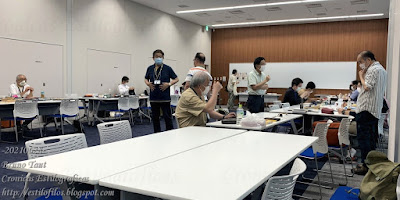The problem is that Chinese pen companies are fighting hard for that market, and they do that with much better prices and the occasional shameless copy.
The Lanbitou 3088 shows that last case very clearly. It is a blatant copy of the Platinum Curidas for a fraction of its price: about EUR 70 for the Platinum, and about EUR 5 for the Lanbitou. This, on top of the teething problems of the Curidas, are not good news for the Japanese brand.
The weak slab in the PR China's production is the distribution of its products. This is based on online channels, but some brand are slowly opening other mechanisms. But in any event, online channels are here to stay, for both Chinese and non-Chinese products, and the business of these channels is only increasing.
So, what is the future for Platinum and other traditional brands? I have predicted that low and middle priced pens –say up to about EUR 100-- will soon become Chinese. And should Western and Japanese brands survive, they are bound to offer products with a higher added value –exotic materials, lavish decoration, innovative nibs, ...--, and an impeccable quality control.
And all that is not what Platinum is doing now.
My thanks to my friend Antolín, whose pictures are greatly appreciated.
Parker Junior – Diamond Teal
Bruno Taut
July 29th, 2021
etiquetas: Platinum, Lanbitou, mercado, capless
Bruno Taut
July 29th, 2021
etiquetas: Platinum, Lanbitou, mercado, capless


































